HARD CORPS were like a piece of a jigsaw that didn’t quite fit.
Utilising aesthetically entrancing KRAFTWERK-like electronic minimalism, produced by the legendary Martin Rushent and Daniel Miller, but restrained by a major label record contract that meant that they never fulfilled their true potential and only belatedly released one full length album ‘Metal & Flesh’ in 1990. Clive Pierce, Hugh Ashton, Rob Doran and Regine Fetet were a candle that burned exceedingly brightly, but still left a small but none the less important legacy of synthetic music which could give their German counterparts a run for their money.
Tracks such as ‘Je Suis Passée’, ‘Dirty’ and ‘Porter Bonheur’ still remain classics of their genre with the band supporting DEPECHE MODE and THE CURE before dissolving a few years after their conception.
HARD CORPS vocalist Regine Fetet cut an enigmatic, but controversial figure by infamously disrobing during their DEPECHE MODE support slots; but tragically passed away in 2003.
Clive Pierce kindly spoke about his tenure in HARD CORPS with additional contributions from band members Hugh Ashton and Rob Doran.
What were your individual musical influences?
Hugh: The first records I recall being bought on my behalf were Neil Sedaka’s ‘Happy Birthday Sweet Sixteen’ and ‘Runaway’ by Del Shannon. This latter track featured the sound of a Musitron, an early electronic keyboard with a powerful ‘unworldly’ sound jumping out of the recording which made me aware of the emotional power of ‘sound’. Other examples of this would be ‘62’s Joe Meek produced ‘Telstar’ by THE TORNADOS which was a bit ‘cheesy’ but listen to that Clavioline, another great pre-synthesizer electronic keyboard and DELIA DERBYSHIRE and the BBC RADIOPHONIC WORKSHOP’s ‘Dr Who Theme’.
Rob: Probably my first subconscious feeling that music was powerful, was in secondary school when a cool American kid with hair down to his arse joined. He introduced me to THE DOORS and I especially loved the track ‘Unknown Soldier’ which I played over and over again. I loved its political message and even then, the blending of found sources within music which I have been a fan of ever since.
Clive: After a long time coming, when it was hand-me-down time, I found myself the proud owner of a box of 45s and an old Volmar valve record player that my brother used to own. I think I was more captivated by the machinery than by the music itself at the time, but still within that box of 45s I would as a young child be spinning tracks like ‘You Really Got Me’ by THE KINKS and ‘Telstar’ by THE TORNADOS.
Prior to the eventual meeting with Regine, how did the band members come together and what were their individual backgrounds?
Rob: I met Hugh in the 1970s in Brixton and lived in the same large Victorian house. Eventually I ran the recording studio (which we called Mekon) which was built in the basement of the house and became a sound engineer / designer with the punk group Hugh Ashton had formed called THE SKUNKS.
Clive: One day I answered an advertisement from a band based in Brixton, South London called THE SKUNKS. They described themselves as a sort of punk group, not exactly what I envisaged myself getting involved with, but I decided to give it a go because again they mentioned that they had a record deal and a connection with Pete Townsend of THE WHO. Within minutes of starting my audition, I could visualise myself quite happily being involved with them fully.
Only just recently I became aware that they chose me because of two main reasons, all of which centred around a Roland CR78 drum machine. The first was I didn’t object or feel intimidated by the use of one. A lot of drummers saw these machines as a threat to their livelihoods and considered them as just a poor imitation. Secondly, I was actually able to keep very good time alongside one.
Hugh: Having replaced our old-style rock drummer with the metronomic Clive Pierce, we changed our name to CRAZE and started incorporating a new hybrid sound. This led to a record deal with EMI and in ’79, we released the single ‘Motions’ with an instrumental B-side ‘Spartans’ which started getting played at Steve Strange and Rusty Egan’s freshly opened New Romantic hangout at The Blitz in London’s Covent Garden.
Once you had formed as an act, what did you hope to achieve together?
Clive: Speaking personally, it was a break from all that had been before. For a start, it marked the end of looking at myself as just being a drummer within a traditional group structure and the hierarchy that came with that.
Rob: We found the machines enabled us to break out of our previous musical roles. Being only a machine-based band initially narrowed our options musically, but at the same time as we developed into electronic musicians, widened our musical palette. Perhaps we were KRAFTWERK’s rough and noisy neighbours!
Hugh: So with Rob and Clive equally happy to join in this marriage with these powerful new toys, we started to evolve the working methods that would sustain us over the coming few years. It was now ‘81 and apart from seeing KRAFTWERK (whose new masterpiece ‘Computer World’ album showed they were still leading from the front) on their long awaited tour, it did not really matter what other musicians were up to. We were quite happily lost in our own bubble.
How did you go about integrating vocals into the band?
Hugh: A guy called David Porter came in to do vocals and managed to get us a support slot to play at the Marquee Club in Soho. In preparation, he brought us copies of some of the latest gay disco tracks (Patrick Cowley, Bobby O etc) which we copied and changed a bit and then he wrote new ‘songs’ on top and we were ready!
Except how could we recreate it live? This was to become a perennial challenge in the following years and not just for us but for many early 80s electronic acts.
David had hurriedly plucked the name HARD CORPS (which was a sort of opposite of SOFT CELL who had recently gone to No1 with ‘Tainted Love’) from a shortlist of possible names I had in my notebook. Thus under the gaze of a few disgruntled and confused rock fans being subjected to a weird reimagining of gay disco… HARD CORPS was born!
At the Marquee Club, David even had an open mic ‘dispute’ on stage with the giant rocker Fish from MARILLION which we by then we were able to enjoy from the audience. Although I don’t think David ever went back on to a stage again and we were more than happy to disappear from the opprobrium and back to the womb of our studio not to re-emerge without a more compelling reason to surface again. So what next?
So what did happen next??
Hugh: The answer was to arrive at a party we were giving at our HQ. Someone I did not know well came up to me and basically said “there is this girl here who you really should meet, she is looking for people to work with because she wants to sing and she is … different and I think she might suit your music!” So off he goes and back he comes with Regine. Well she was just 29 but she looked pretty fine… a gaunt figure with a fine-featured almost medieval visage below a fiery red mane of hair shaved away at the sides and a dead fox (or was it a ferret) draped across her shoulders. She spoke, suggesting she would like to revisit with a cassette of her ‘work’, with a mysterious clipped French accent with almost Germanic overtones (Une Vosgienne!).
She felt hard to refuse and so without much to lose, it was agreed she would return. So she came back to the studio and we found that a song she had already written about a lovelorn petrol-station attendant worked well with a backing track we had recently recorded and ‘Dirty’ was born. Intrigued by the way it all seemed to combine, we found we could create several more tracks that combined tracks we had already prepared with lyrics Regine had already written. So with this ‘flesh’ now added to the bones, the monster HARD CORPS was now truly born.
With Regine now on board, what made you decide to go for a completely electronic aesthetic?
Rob: It was different, a challenge, new, revolutionary, the future, a break from the pompous masturbation of endless dull guitarists and hypocritical rock music. It was two fingers to bland corporate American music. It had a vitality not seen since punk, it was European and it was pioneered by the excellence of KRAFTWERK.
Hugh: So basically we had virtually no outside influences on the music we were making at that time other than late 70s GIORGIO MORODER and KRAFTWERK. Regine was also not really influenced by other writers or singers. She was just very keen to express herself creatively to balance her life…
How did the demos you were creating around this time metamorphose into actual singles?
Hugh: So around 1983, Steve McGowan offered to take our recordings around some record companies. Having got some positive feedback, he effectively became our manager and developed the strategy that led to ‘Dirty’ being pressed as a white label and then being picked up by Survival. We then got an offer to debut at a party in June ‘84, organised by Steve Strange and Rusty Egan who still had a strong presence in London’s clubland.
Steve then secured Polydor’s interest and squeezed a complicated ‘album’ deal out of them that was supposed to give us creative control over all aspects including music production, press, artwork etc which we signed hoping we would keep some control whilst accessing the resources of a ‘major’ record company… a decision we would sooner than expected come to regret.
Whilst Polydor seemed agreeable to us self-producing ‘album’ tracks, they predictably wanted to gain exposure with a single release and wanted to find a producer who could add cache and supervise recording in a ‘proper’ studio rather than our admittedly ‘semi-pro’ basement in Brixton. We were suspicious, but when they offered up Martin Rushent, we were tempted into agreeing given his achievement producing ‘Dare’ for THE HUMAN LEAGUE a few years before. So we recorded ‘Je Suis Passée’ at his Genetic Studios in Reading, Berkshire.
How was the experience of working with Rushent?
Clive: Firstly it was a “pinch yourself” moment for me. I remember quite vividly on the final mix of ‘Je Suis Passée’ sitting alongside Martin at the mixing desk with him riding the 16th delays on a fader on the eight to the bar bass sequence part and me also riding a fader on 16th delays on my middle range sequence part and just bouncing and grooving off each other as the track exited what we affectionately called the ‘crunchy middle break bit’ and thinking to myself “what the f*** is occurring here?” There I was, Little Clive From The Block playing what was effectively duelling banjos with the oddball genius bearded bloke; the one that looked totally out of place in the pictures on the back cover of one of my favourite albums of all time ‘Love and Dancing’. Nuts. Completely nuts!
Martin also monitored extremely loud recording as well as mixing. I was used to working in our Brixton studio on a couple of Auratone speakers, only switching to Tannoys in short bursts to test out the energy of a track for fear of upsetting the very nice lady who lived next door. Martin would have me pinned against the back wall from the blast from the speakers with every bass drum beat hitting me square on in the solar plexus.
Over the space of a few days, it wore me completely down to the point of suffering what I can only describe as mild shellshock. I spent an afternoon in the group restroom on the sofa staring into space and physically shaking much to the amusement of Hugh and Rob, but I felt totally f**ked. I progressively got better but had to request a lower level of playback and take regular breaks from the audio barrage from then onwards. Strange really as I had previously played the drums in various groups with stage monitors pumping sound straight at me, but this was quite different and incessant. I still wince at loud music all these years on… very weird!
Rushent’s huge impact on the production of the songs of THE HUMAN LEAGUE is well documented, what do you feel he brought to the sound of HARD CORPS?
Clive: What we hoped Martin would be able do was to refine and flesh out our sound beyond the point we were physically able to manage ourselves down in our resident basement studio in Brixton and that he did. To also help coax and winkle out the best from Regine who although one of a kind, was never a vocalist in the traditional sense of the word.
She was by nature very hit or miss at the best of times but as much as this could on the one hand be intensely frustrating for us, on the other it could incredibly rewarding when a line or word would emanate from her that was not in any textbook but just sounded right within the context of the music. It was spotting them that was the skill. Martin having worked with the technical brilliance of Shirley Bassey and at the other end of the spectrum Joanne Catherall and Susanne Sulley and their “Working as a waitress in a cocktail bar” performance, I would say was a perfect choice for us.
As you started to record and produce songs for HARD CORPS, how did your relationship with Polydor develop?
Hugh: A profound problem for us was that we had signed thinking we would self–produce an album in our own studio and now we were being cajoled by Polydor into a scenario involving ‘expensive’ names to produce our music and promos. This made the whole project subject to the typical major record company ploy of promoting a single (or two if you’re lucky!) and delaying an album until you have a ‘hit’ and then making the album or otherwise if not, they just drop you.
Given how much they had just spent on one song (combined with the advance we now owed more than £100,000), their position was understandable, but we had spent some years recording enough tracks for an album which they had heard and had originally approved.
As Martin Rushent was now in the throes of a divorce, our A&R man Malcolm Dunbar scouted around for another ‘name’ and to his credit, gained Daniel Miller’s interest. This was quite something since at that time Daniel was steering DEPECHE MODE to international status and was not in the habit of working with people outside of his Mute stable of artists.
So in short, it was an offer we could not refuse and ‘Respirer’ duly ended up being completed with Daniel producing. So now we had two of the best ‘electronic’ music producers in the UK both helping on our track, not to mention Daniel was using Flood as his engineer. A stellar cast and indeed a great honour for us… the only trouble being ‘Respirer’, whilst being a ‘strong’ track was not really, in common with most of our tracks, obvious ‘hit’ single material.
It’s hard not to compare HARD CORPS with PROPAGANDA, especially with tracks like ‘Respirer (To Breathe)’, was there any kind of rivalry or kinship?
Clive: Absolutely none whatsoever in either rivalry or kinship. I only became aware of them initially when I visited a friend of mine who was an eclectic buyer of slightly alternative music, CABARET VOLTAIRE, PSYCHEDELIC FURS, NEW ORDER, FLOCK OF SEAGULLS etc. He played ‘Dr Mabuse’ to me and I immediately thought FRANKIE GOES TO HOLLYWOOD and I was right.
Now who doesn’t like FGTH in small doses, but the formulaic sound of the ZTT production machine just becomes really tiring after a very short space of time to my ears. Not enough rough edges for my taste and far too manipulated to feel any affinity towards. I can see the comparison you make with ‘To Breathe’ though.
The band did a session for John Peel in 1984, how was that experience when at the time the BBC engineers there were more used to dealing with Indie-style guitar acts?
Clive: Yes, it was a very sterile experience for both parties. The chaps at the BBC by nature were very institutionalised and it was record it and ship it out, and we felt the same. Naively, I personally thought John Peel would be popping his head in and out the studio during the recording but he didn’t. A time constraint dictated that we have some of the instrumentation pre-recorded at our Brixton studio and we would only play certain key components live on the sessions.
There was a rather funny moment when the BBC engineer, I think it was Mike Robinson said he had heard some nasty distortion on our track ‘Dirty’. We hadn’t spotted it and so he rewound the tape and ran it past us again. “There!” he gestured pointing at the monitors. Again none of us reacted as we hadn’t heard anything untoward and looked at each other quizzically.
“One more time please Mike” we asked starting to feel a bit amateurish at not having his depth of perception in the distortion spotting department. “There, there” he said again now standing up out of his chair in order to point closer to the speaker in a bid to home in more precisely to identify it for us. Again we couldn’t react to him until it then dawned on us simultaneously that the distortion he was trying to alert us to, was in fact a sound we had generated in our studio by feeding a delay back into itself and allowing it to get to the point that it started to break up.
We had lovingly crafted the distortion he was trying to point out to us as a defect. I don’t think we had the heart to tell him he hadn’t grasped the concept of the track and why should he but on a trip to the free vend coffee machine, the three of us had a good old giggle about it!
With much of Regine’s lyrics being in French, did you come under a lot of pressure to record totally in English?
Clive: For sure, albeit after we had signed with Polydor. Regine however was no Vanessa Paradis. If you put on the Bardot and sing all cutey, then you can get away with quite a lot as you pander to the stereotypical image most ignorant Brits have of the French, but Regine did not fit that model in the slightest. Her vocals and lyrics came from the scars of her life. They could not be delivered in a contrived way. What came out was what you had to work with and unfortunately working her art in the UK was always going to be an uphill struggle whilst singing in her native language.
Prior to Polydor and the “assault” on the charts, she could have sung in Martian as far as we were concerned. The language was not important to us. It was her personality, her realism and her honesty that mattered. She was flawed but in an intoxicating way to our ears to others this was not always appreciated as much.
What was the reaction when ‘Dirty’ was released as a single in 1984?
Rob: Extraordinary! We thought we were far to leftfield for that kind of interest and were totally unprepared for that amazing response.
Clive: It was very favourable, we attained record of the week in the NME and things snowballed from then onwards.
What kind of image did the band try to cultivate?
Rob: We tried to create a hard machine world with the macho men lined up along the back of the stage and the gentle flower symbolised by Regine pushing through the metaphorical concrete. As usual it became quite controversial!
Clive: The image I reflected on stage was purely a theatrical statement based on how I felt in regards my relationship to the music. I saw the musical phrases I played as having gender. Some male, others female. It felt honest and right to have both those represented in the way, I portrayed myself, a hard edge and a sensitive edge, both of which I possessed. I also think there was a degree of wanting to escape the everyday me who in reality was a rather average guy.
Hugh: I remember I had to deal with a panic at Polydor which involved being hauled in front of John Preston, the new CEO. We had performed at Islington Town Hall in London and we backline boys had decided to wear some 1950s surplus store ex-police motorcyclist’s jodhpurs as a uniform to emphasise our differences to normal casual rock band attire. They were reminiscent of those worn in Fritz Lang’s ‘Metropolis’ and seemed to us to capture in an amusing way (to us anyway), the sort of ‘retro-futurist’ vibe.
However we had not anticipated members of NITZER EBB being at the front of the audience dressed in long leather SS type overcoats. It led to a review in the music press where the reviewer was concerned that she had stumbled on some sort of ‘neo-fascist’ gathering. Preston wanted reassurance that his company had not signed something politically malodorous. I had to reassure him this was not the case and in fact the gig had been organised by Rock Against Racism which might have explained the reviewer’s sensitivity!
The band’s performance of ‘Je Suis Passée’ on ‘The Tube’ is still transfixing, can you say what happened in the lead up to this appearance and why Regine looks so stressed and distant?
Clive: Well, we missed our flight from Heathrow to Newcastle. I can’t recall exactly why, but whatever the reason, it was quite inexcusable. TV appearances when you are in your infancy as a group do not throw themselves at your feet very often. We managed to get a later flight from Heathrow to Teeside Airport a good thirty odd miles from the TV studio so had to jump into a cab and tell the driver to put his foot down to get us there. Fortunately our gear had gone up the day before and was already partly set up when we arrived to sound check.
After the sound check I (as I usually did) drifted off to have a look around ‘The Tube’ set and take as much as I could in before the show started. I really had no idea that during this time Regine had had an argument with our manager. I never knew until a long time after the show that this is why her performance looked so stressed. She was actually brooding live on TV. I just thought she was just being her normal self and took no notice of it!
The bit where Rob and yourself turn their backs on the audience, tweak the Rolands and glance at each other is probably one of the coolest things in a live electronic music performance, was that pre-rehearsed?
Clive: Yes is the simplest answer to that! It was the routine that was required to carry out that part of the track. The turning of our backs to the audience was not intended as snub to them at all. The System 100M by nature is rather plain looking viewed from behind so we opted to have the modules with their flashing LED’s facing out towards the audience for the drama. Consequently when we had to change any settings, it meant having to turn our backs to the audience.
DEPECHE MODE’s Black Swarm Devotee fanbase was notoriously antagonistic towards support bands, were you aware of this prior to playing with them?
Clive: No we weren’t aware of them at all. Even if we were, it wouldn’t have bothered us in the slightest. We actually would have revelled in a bit of antagonism, but I can’t say that on the ‘Music For The Masses’ tour, we noticed any animosity from the devotee DM fans.
The worst it ever got for me on the DM tour was actually backstage at the NEC in Birmingham.
There are long periods of spare time on tour pre-concert and the chance to have a bit of a kick around with a football was a good way to while a bit of time away and stretch those legs from the tour van. Rob and I were just passing the ball around when a couple DM roadies walked by. “Wanna game lads, HARD CORPS v DM?” and I said, “Yeah alright”. So down with the jumpers for goalposts and off we went. Within a short while (which normally always happens) a few others joined in on each side including Martin Gore and we had a five a side match on our hands.
Now it was all good natured and sporting, that is until one of the DM roadies took it upon himself to tackle me so ridiculously hard that he almost broke my leg in the process. I wasn’t prepared for that level of aggression from him in what was essentially just a friendly kick around and certainly not two hours before I was due to go on stage. I thought “you complete f**king tw*t!” That tackle could have spelled out the end of my DM tour.
When he next got the ball, I made it my mission to dish out a bit of retribution and hit him twice as hard as he had hit me. He went down but immediately got up and before we knew it we had squared up to each other snarling and swearing with fists about to fly. That was until Martin Gore stepped in between us before things got completely out of hand and managed to calm it down a bit!
What was your opinion about Regine’s dress sense on the DM support tour, do you feel that there was something wilfully self-destructive about it or was it a natural kind of ‘punk’ aesthetic for her?
Clive: Regine was a law unto herself. If she wanted to do something, she would do it regardless of what anyone said or recommended to her. That was her strength as well as her weakness.
The DM tour came at a time where we were as a unit struggling to keep the momentum going and sort of had a fatalistic attitude going into it. Perhaps a few years prior to the DM tour, I might have questioned the sanity of how far she was taking it but on this tour, I thought if we go down we may as well go down in flames…. which is what happened in the end! Retrospectively looking back on it, I can fully understand how her antics rendered us a liability to both DM and their promoters.
I for one, even though I am far from being a prude would have been seriously pissed off if I had gone to a DM concert with my young son or daughter and saw the support group’s front woman with her private parts out parading around on stage. There are lines you do not cross and even though I ashamedly had no regard for that line back then, I regret having been party to Regine being allowed to cross it. It cost us the European leg of the tour and perhaps the American leg and signalled the end for us.
Hugh: The first concert was in Newport in Wales and the concert promoters were furious because parents, who had accompanied their young teenage children, were suddenly confronted with a French Stripper! We had recruited a private detective friend to manage us for the tour and he had to deal with the fall out. So Regine had to sign a letter for the tour promoters, promising specifically not to expose her nipples again. So she did the rest of the tour with a rubber band across her breasts inscribed with the word “censored”.
Did you ever at any point say to her, “look let’s tone things down a bit”?
Clive: Yes! When you have 15 minutes or so before going on stage and the promoter won’t allow you to go on unless Regine signed a disclaimer stating that she would not disrobe on stage. Regine refused to sign the disclaimer but eventually after us pleading to her, signs it with a scrawl and then goes on stage and disrobes anyway!
Hugh: We were not offered the European leg of the tour despite Martin Gore’s stage attire being remarkably similar to that which Regine revealed when she removed her orange raincoat!
You also supported THE CURE, do you have any memories of this experience?
Clive: We were very fortunate to be published by the same company as THE CURE were and as a result were offered the slot on ‘The Head On The Door’ tour. The chance to tap in to THE CURE’s following was not to be sniffed at and all of us having a healthy respect for them and their music was an amazing opportunity.
Little ole HARD CORPS on the same bill as THE CURE… wow the thought blew me personally away. A lot of my mates were ardent CURE fans and I just couldn’t wait to tell them the news. It was all very exciting!
In Torino, Italy we played our set to half a crowd as most of them were still in the bar areas. I don’t remember which track we were performing but we probably weren’t being very well received by the crowd as all manner of objects were being hurled at us. I got hit on the head with a couple of coins and a boiled sweet which fortuitously bounced down on to my keyboard.
Being a boiled sweet fan (who isn’t?) I unwrapped it and popped it in my mouth and gave a thumbs up in the general direction the gift horse had originated from. Hugh was less fortunate. This whole carrier bag of something was lobbed at him. What a shot. The handle managed to impale itself on one of his drumsticks stopping him in full flow. We lost a bar or so of beats as he untangled himself from his plastic nightmare and we finished the rest of our set dodging used Tampax etc!
As I left the stage, I grabbed the bag as I was curious to see what was in it. It was a whole packed lunch. Sandwiches, a packet of crisps and an apple. So if the person who threw it at Hugh ever reads this, I hope you went home hungry that night you bastard!
The band eventually split, was there a particular straw that broke the camel’s back or a series of contributory factors to this?
Clive: We fizzled out rather than split. As touched on previously, the death warrant had been signed when we became too difficult to handle anymore after the DEPECHE MODE tour. We had effectively painted ourselves into a very bleak corner. I think any comradery we had forged since the time Regine joined forces with us had evaporated and we met less and less to work on material, eventually just naturally drifting off our separate ways.
After all of the various recording sessions and singles, the album for Polydor never saw the light of day, why was that?
Rob: If we had released an album on Polydor, they would have been obliged to enter the next year of the contract so it became economically political. In other words, it would have cost them more investment than their accountants were prepared to budget for.
With your electronic aesthetic, you seemed on paper to be an ideal Mute Records band especially with the Daniel Miller link, do you think things could have turned out differently if HARD CORPS had been on a more sympathetic label?
Clive: I really believe we should have adopted the album band model and not been so wooed by the lure of a major label. We could never have been a commodity that would have sat comfortably on ‘Top Of The Pops’ churning out catchy tunes. Polydor were throwing serious money at us and had every right to demand chart contending ditties, but we just didn’t have them in us nor the personality to carry that pop star act off.
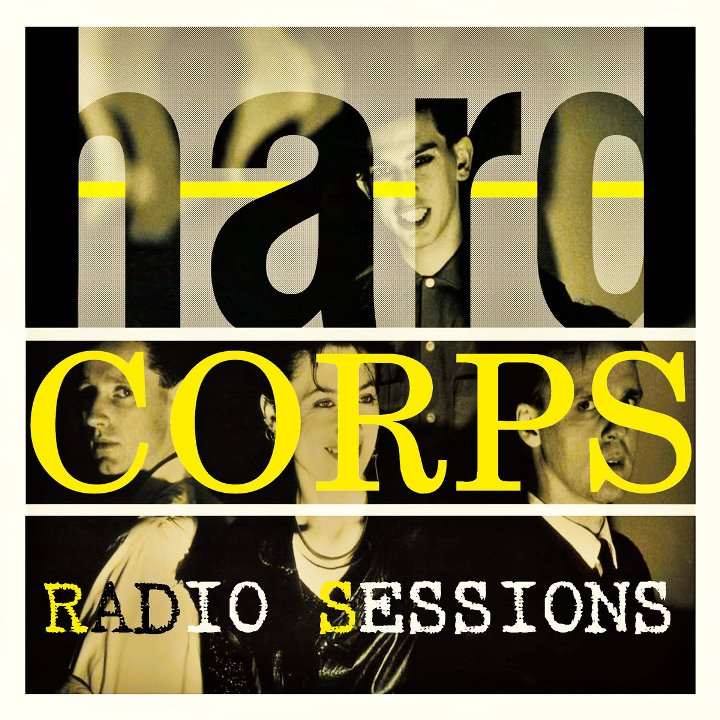
When HARD CORPS dissolved, what kind of career did you pursue afterwards?
Clive: My father was a self-employed builder among other things and I had worked alongside him off and on ever since leaving school to help pay my way. When we split, it was really game over for me. So much time was put into the project that I was left well behind my friends’ career wise. They had become civil servants, accountants, estate agents, policemen and were already well into paying mortgages off. I had virtually nothing in comparison to them.
So I just completely turned my back on music and knuckled down working with my father. We made a very good team with me supplying the strength and he the experience. I loved every moment with him. It was around this time that I became a father myself and my focus from then onwards was to provide security for my daughter.
Rob: I wrote and produced music and sound design for Film, TV and radio commercials.
Hugh: In ’92, I joined THE SUN KINGS and using the same equipment as HARD CORPS, we had an enjoyable time through the rest of the 90s doing our take on sort of ambient-techno incorporating our love of 60s psychedelia and 70s ‘German’. We released three albums ‘Hall of Heads’ on G.P.R in 1994, ‘Soul Sleeping’ on Blue Room in 1997 and ‘Before We Die’ released on Chill Out sometime after we stopped in ‘99.
Although HARD CORPS’ body of work is pretty small in comparison with many of their contemporaries, why do you think there is an enduring interest in the band’s work?
Clive: I think we were a truffle in a forest of chanterelles. Not to everyone’s taste but never the less rare and pungent in an appealing way to those who like their musical bouquet a little different.
Dedicated to the memory of Regine Fetet
ELECTRICITYCLUB.CO.UK gives its warmest thanks to HARD CORPS
‘Radio Sessions’ is available as a download direct from https://hardcorps.bandcamp.com/releases
‘Clean Tables Have To Be Burnt’ is also available via Minimal Wave Records as a download album from the usual digital outlets
‘Metal & Flesh’ is available from Sub Culture Records at https://subculturerecords.bandcamp.com/album/metal-flesh-remastered
https://www.facebook.com/hard-CORPS-217860235015406/
https://soundcloud.com/medora-music
Text and Interview by Paul Boddy
27th December 2018

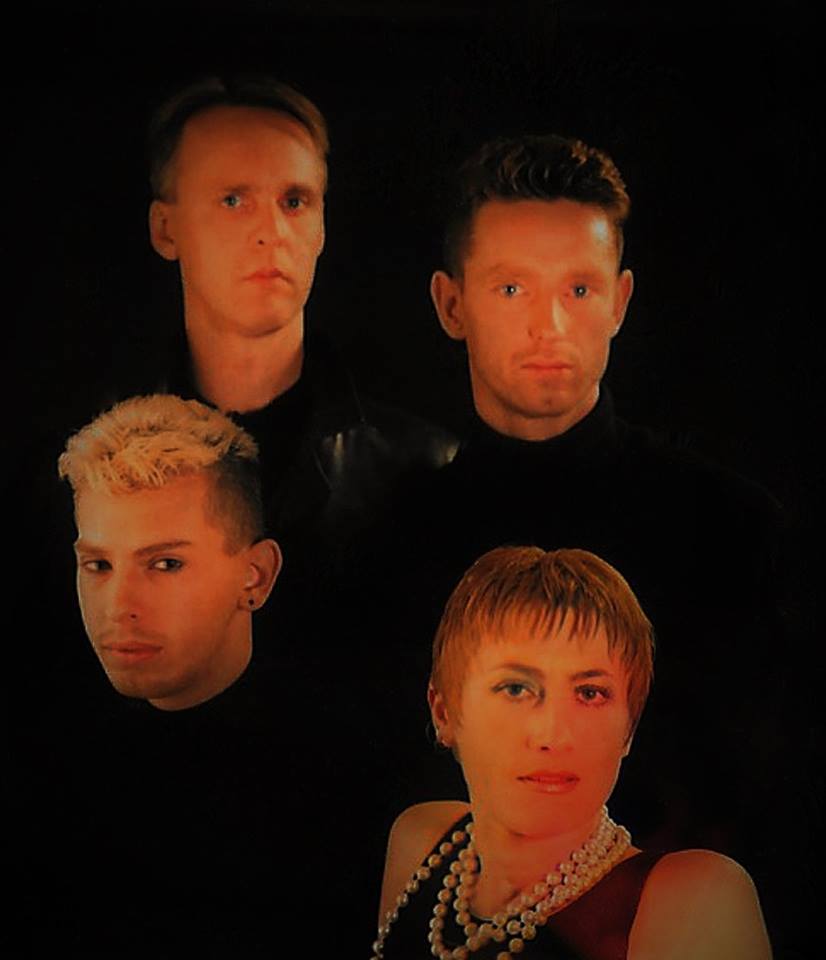

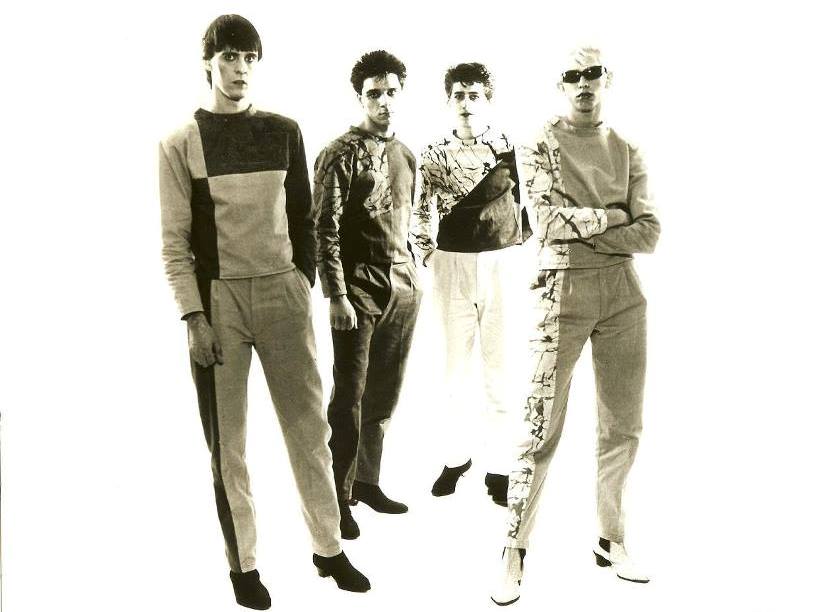
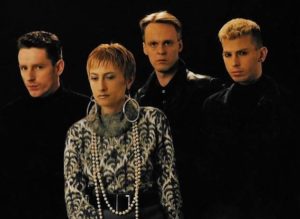

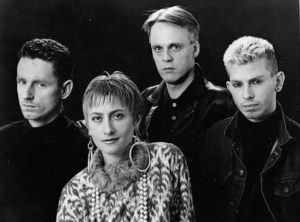

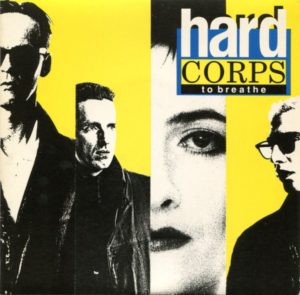
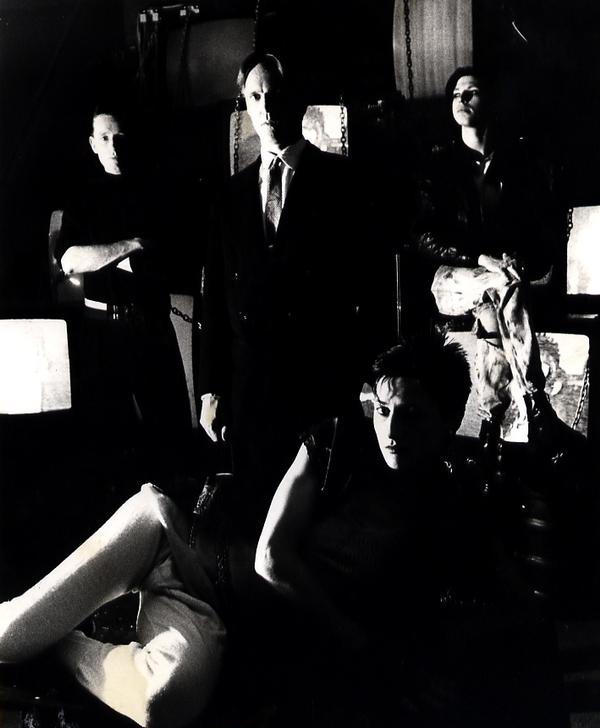
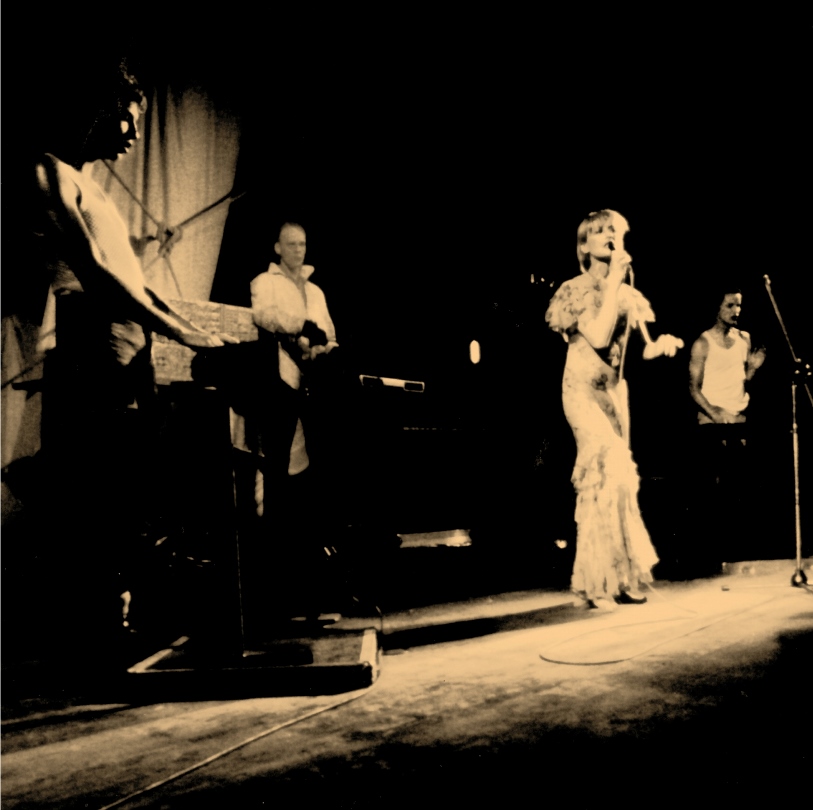
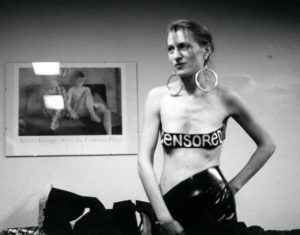
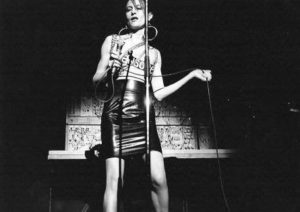
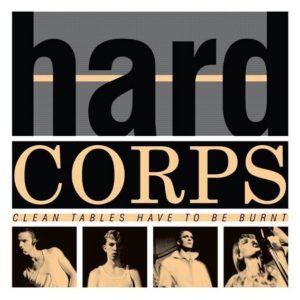
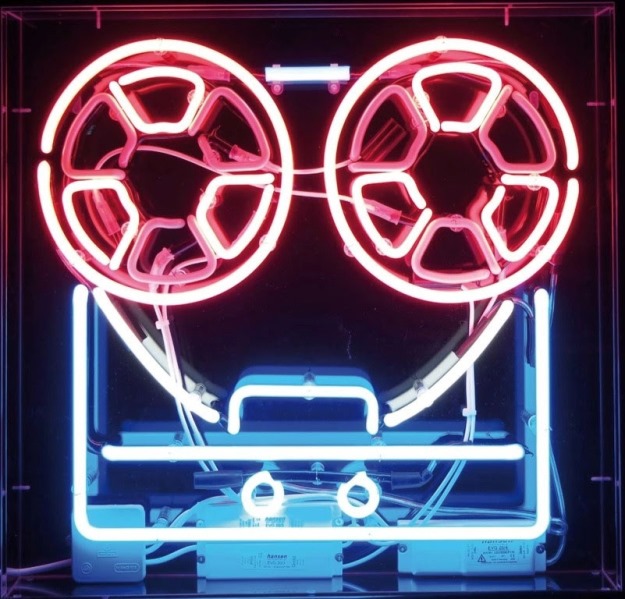
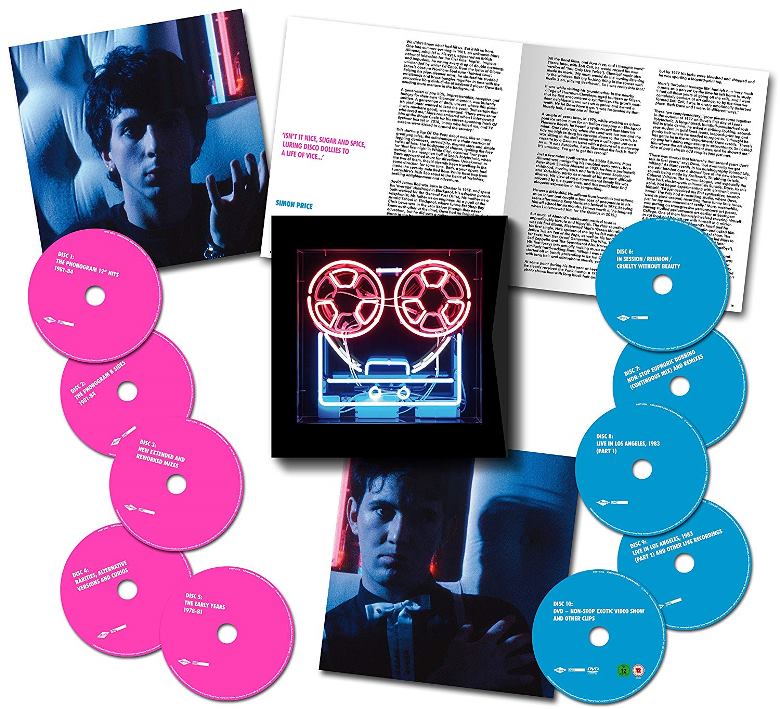

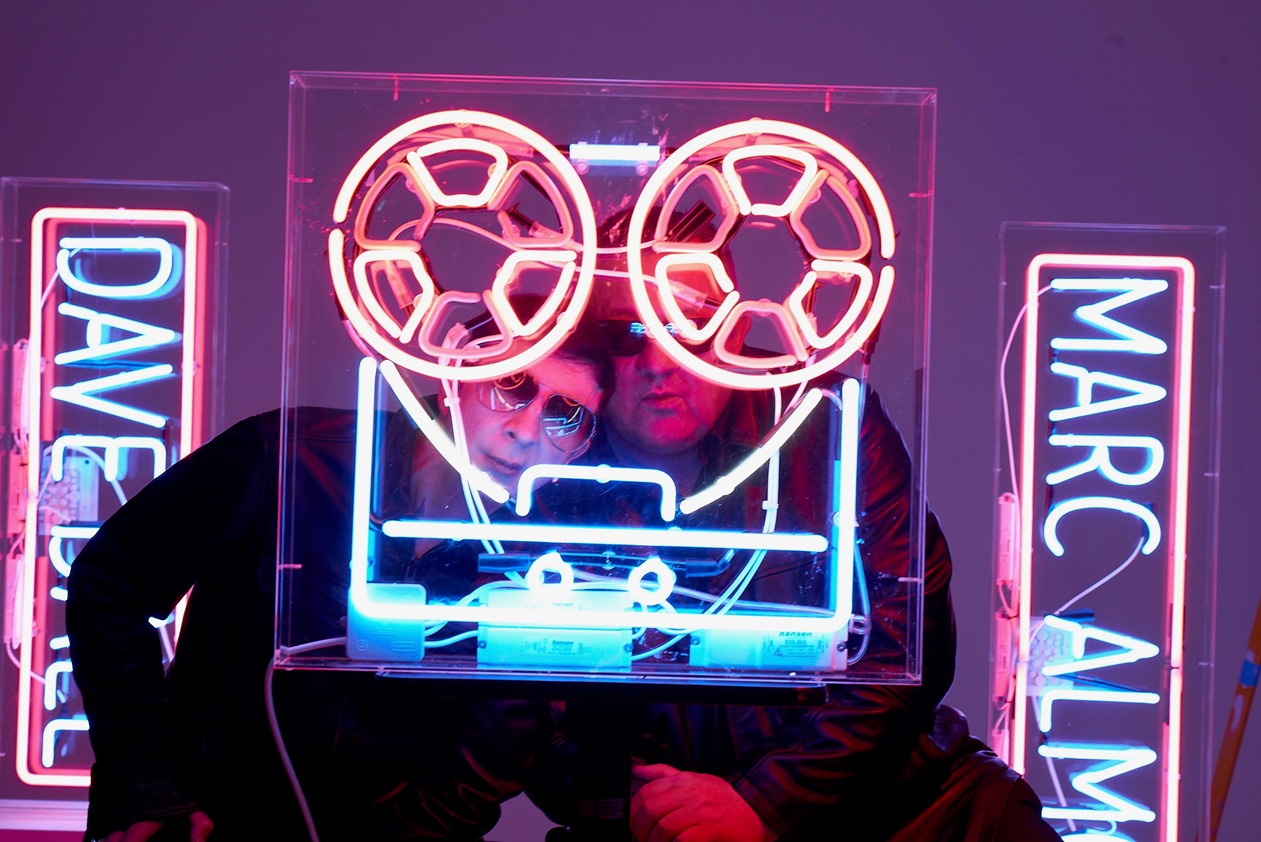
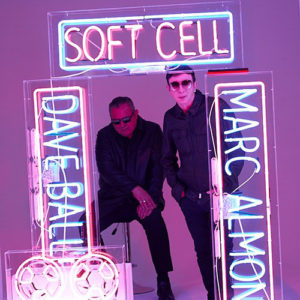
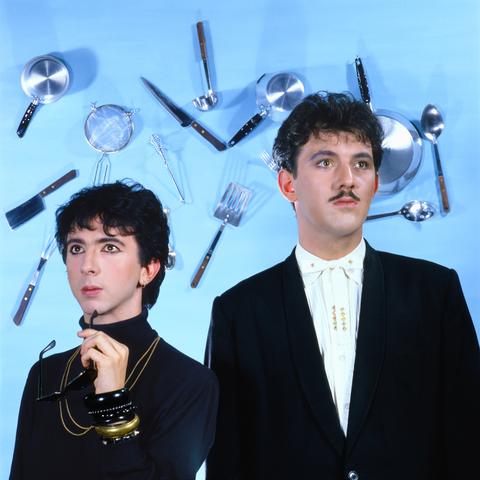
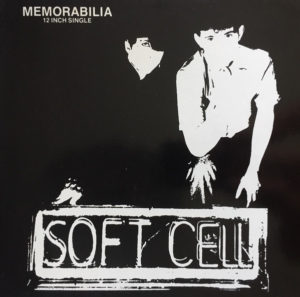
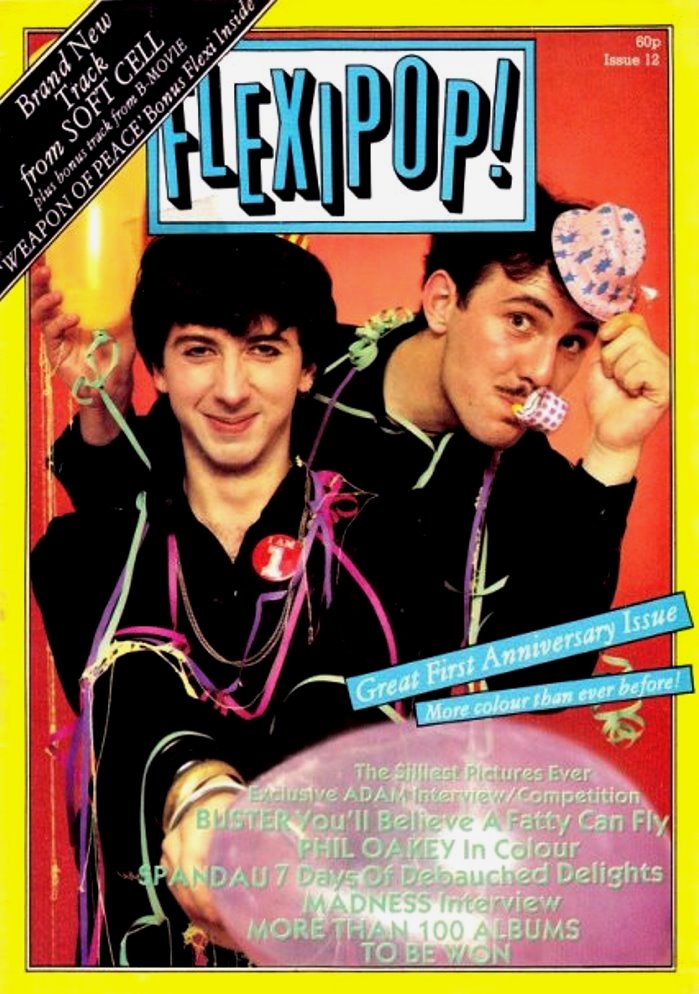
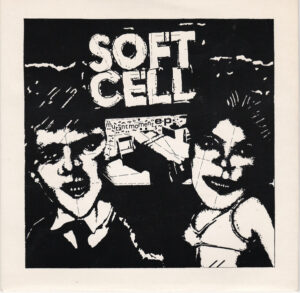
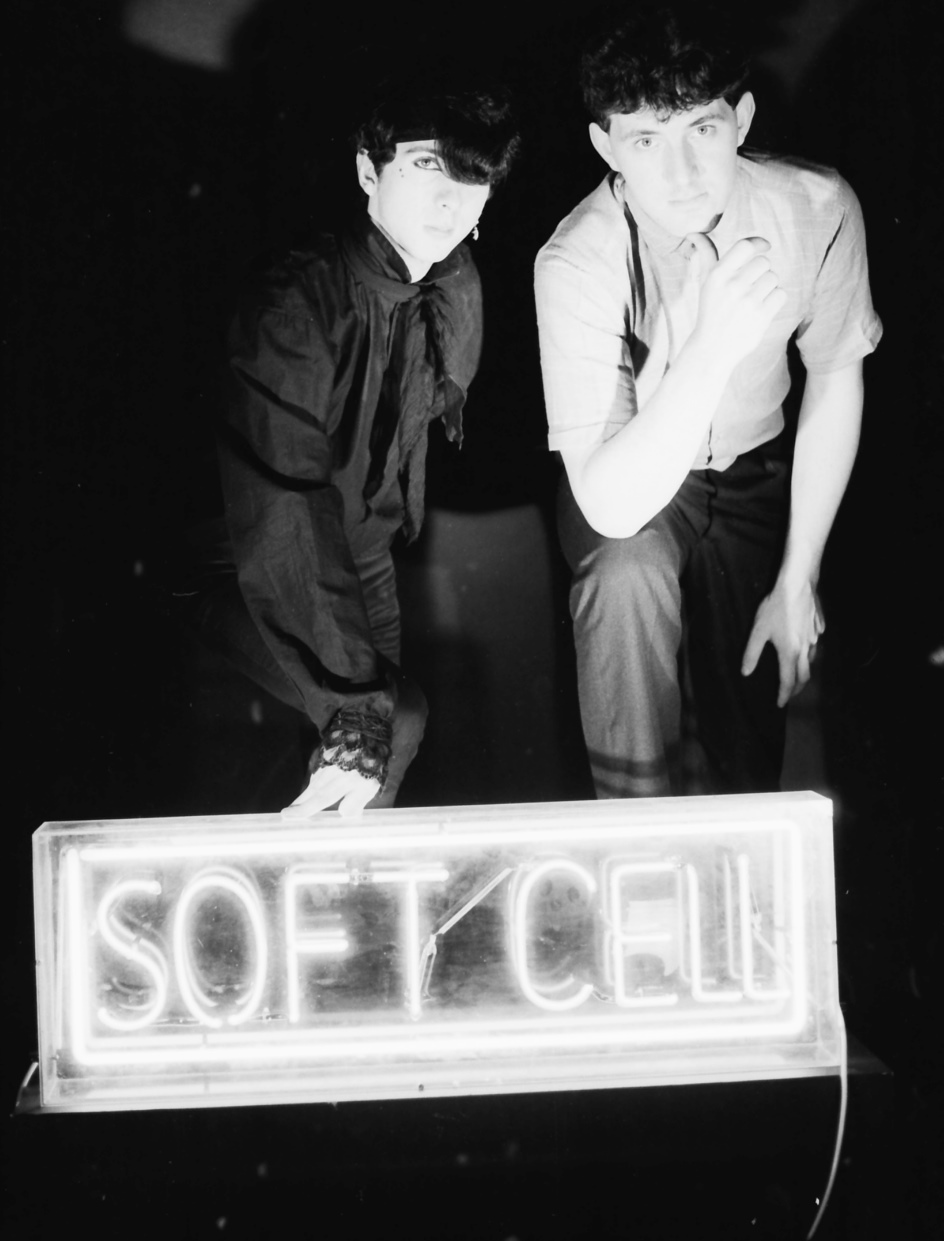
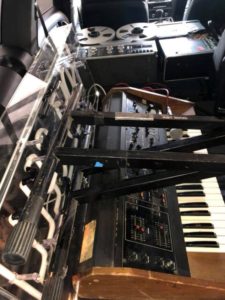
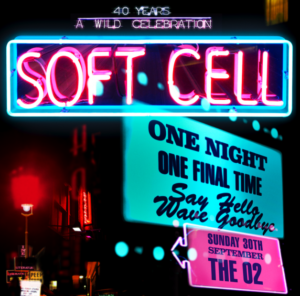
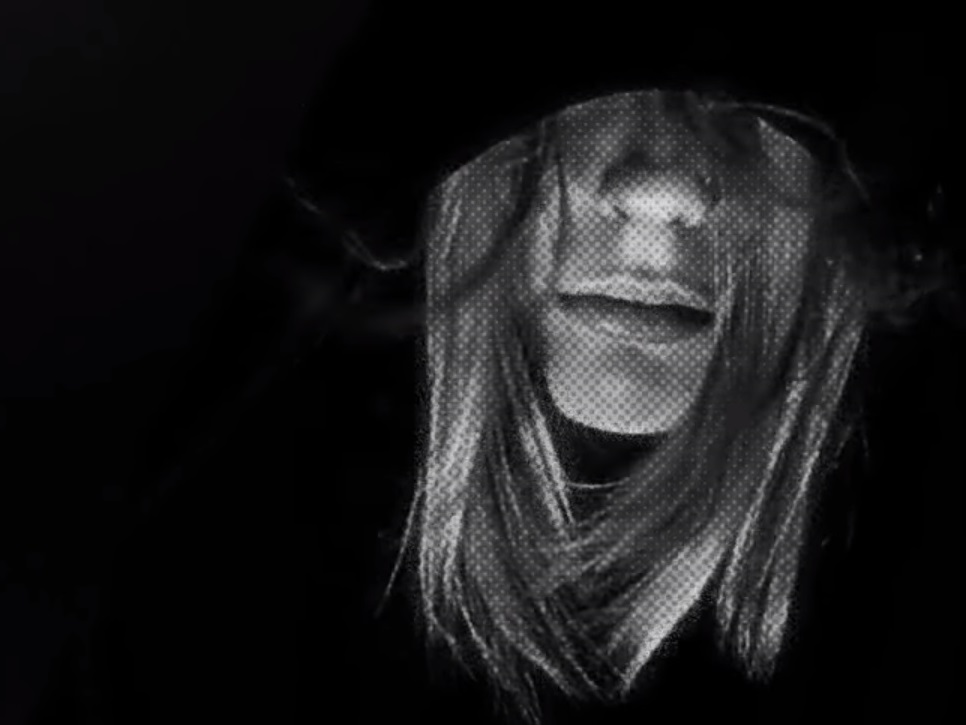
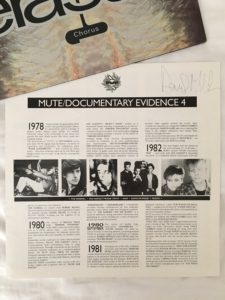
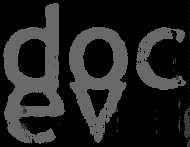
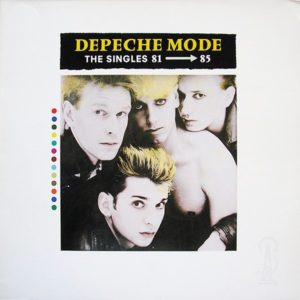
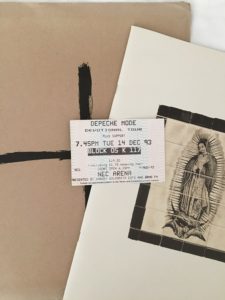
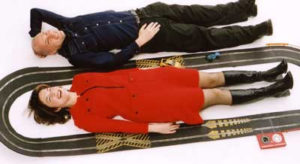
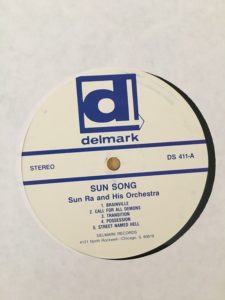
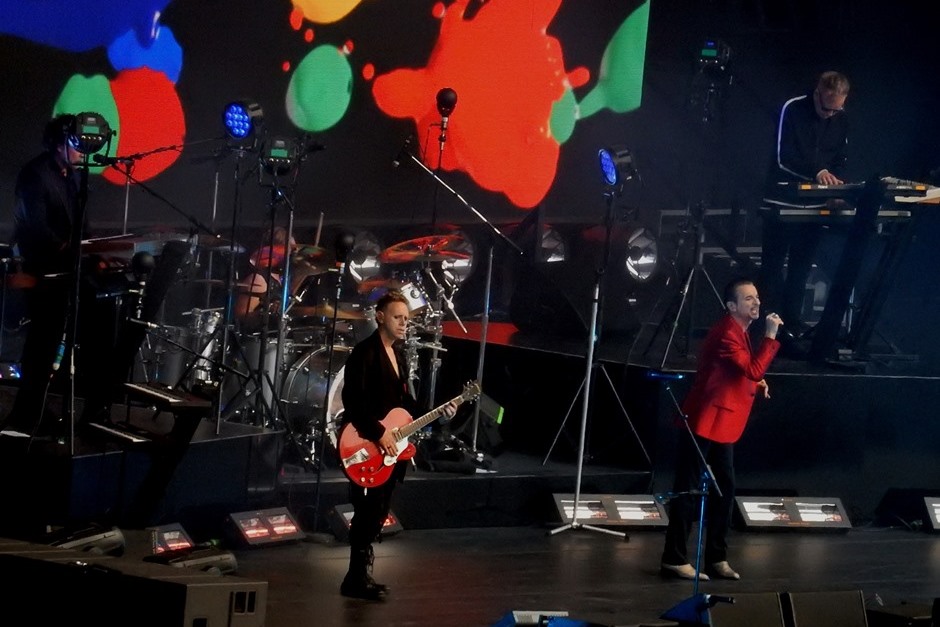
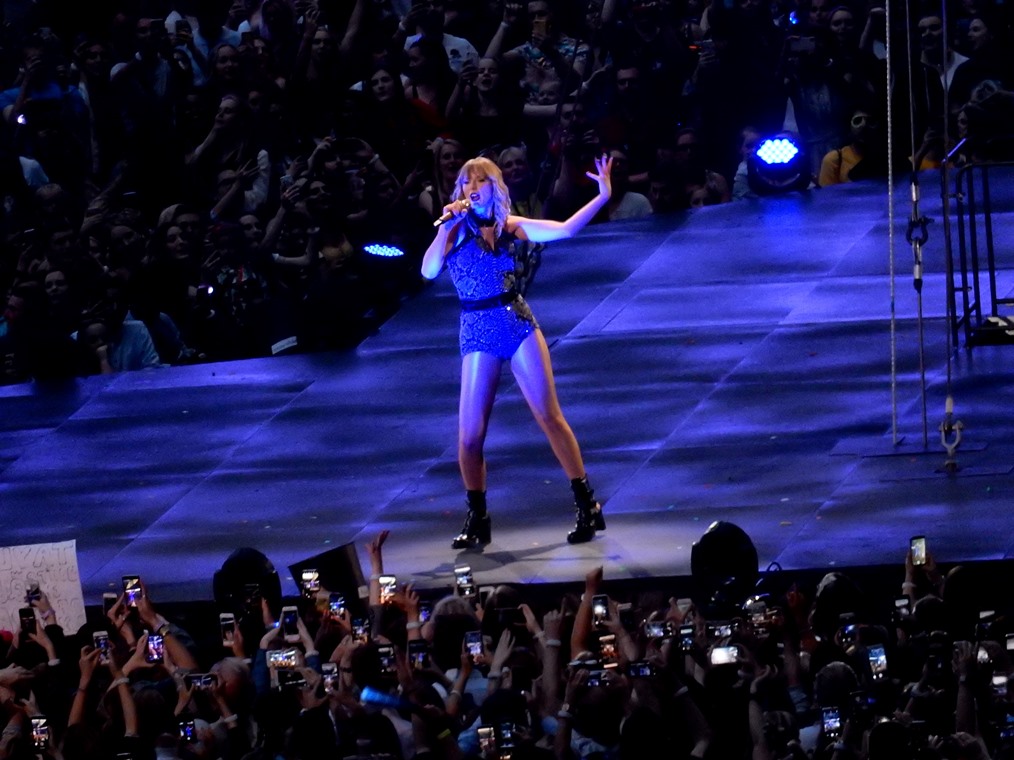
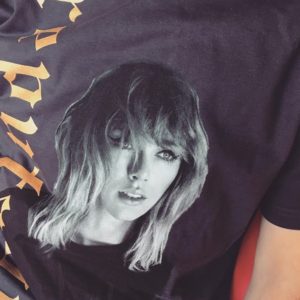
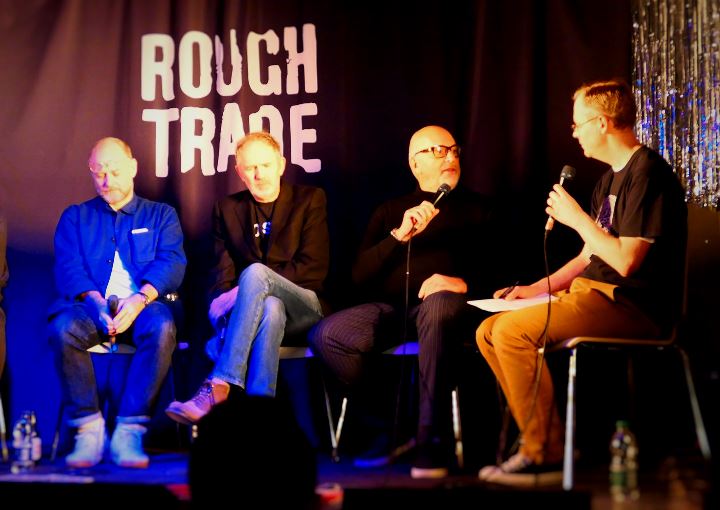
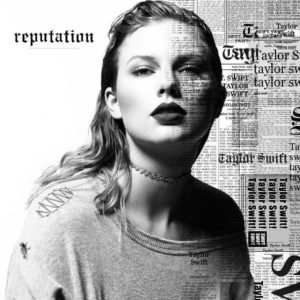
Follow Us!